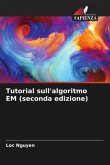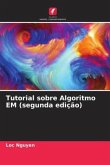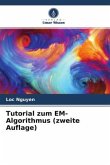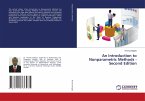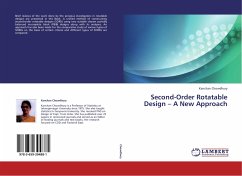Maximum likelihood estimation (MLE) is a popular method for parameter estimation in both applied probability and statistics but MLE cannot solve the problem of incomplete data or hidden data because it is impossible to maximize likelihood function from hidden data. Expectation maximum (EM) algorithm is a powerful mathematical tool for solving this problem if there is a relationship between hidden data and observed data. Such hinting relationship is specified by a mapping from hidden data to observed data or by a joint probability between hidden data and observed data. The essential ideology of EM is to maximize the expectation of likelihood function over observed data based on the hinting relationship instead of maximizing directly the likelihood function of hidden data. Pioneers in EM algorithm proved its convergence. As a result, EM algorithm produces parameter estimators as well as MLE does. This tutorial aims to provide explanations of EM algorithm in order to help researchers comprehend it. Moreover, in the 2nd edition, some EM applications such as mixture model, handling missing data and learning hidden Markov model are introduced.
Bitte wählen Sie Ihr Anliegen aus.
Rechnungen
Retourenschein anfordern
Bestellstatus
Storno



